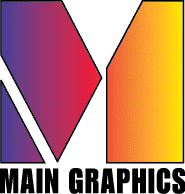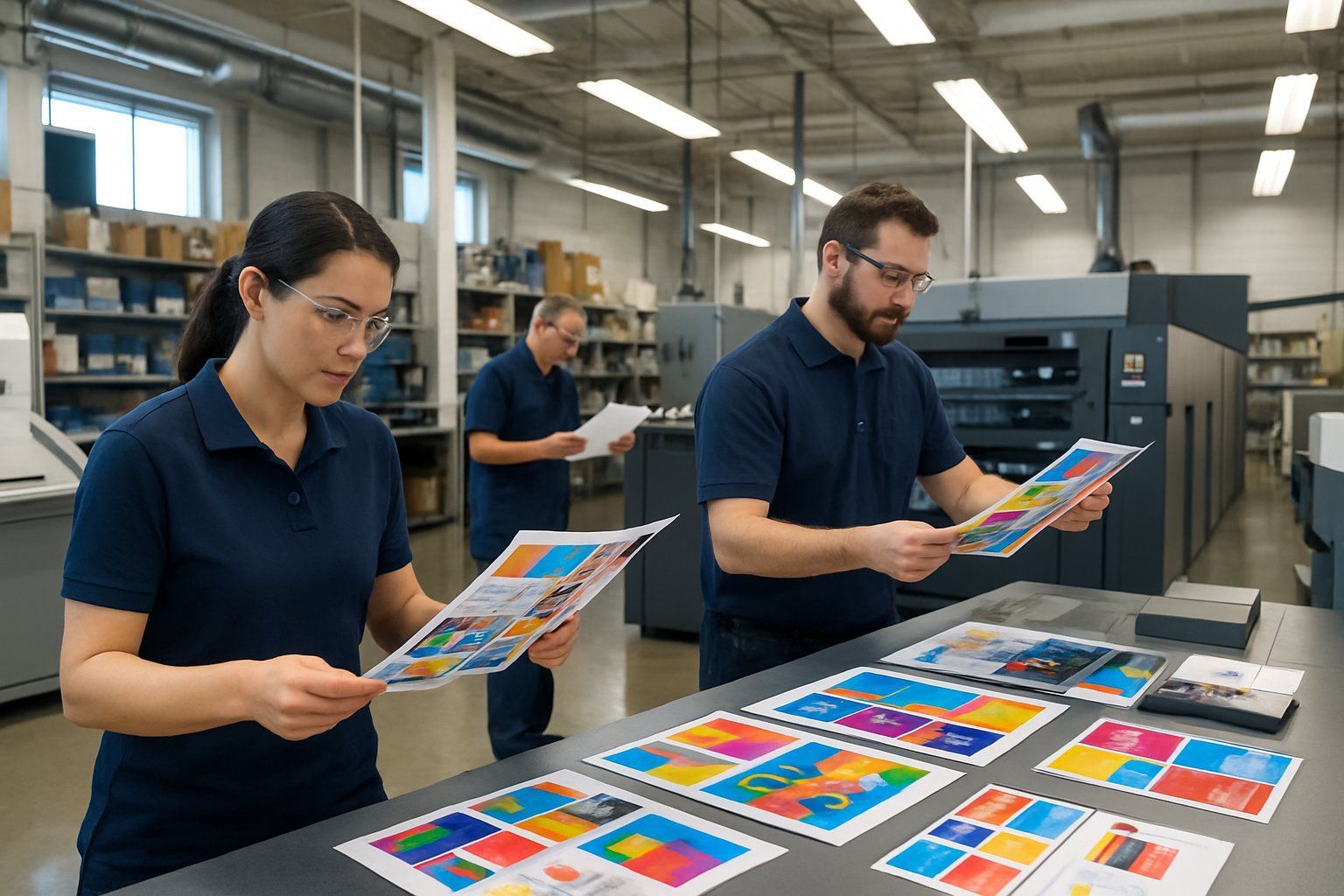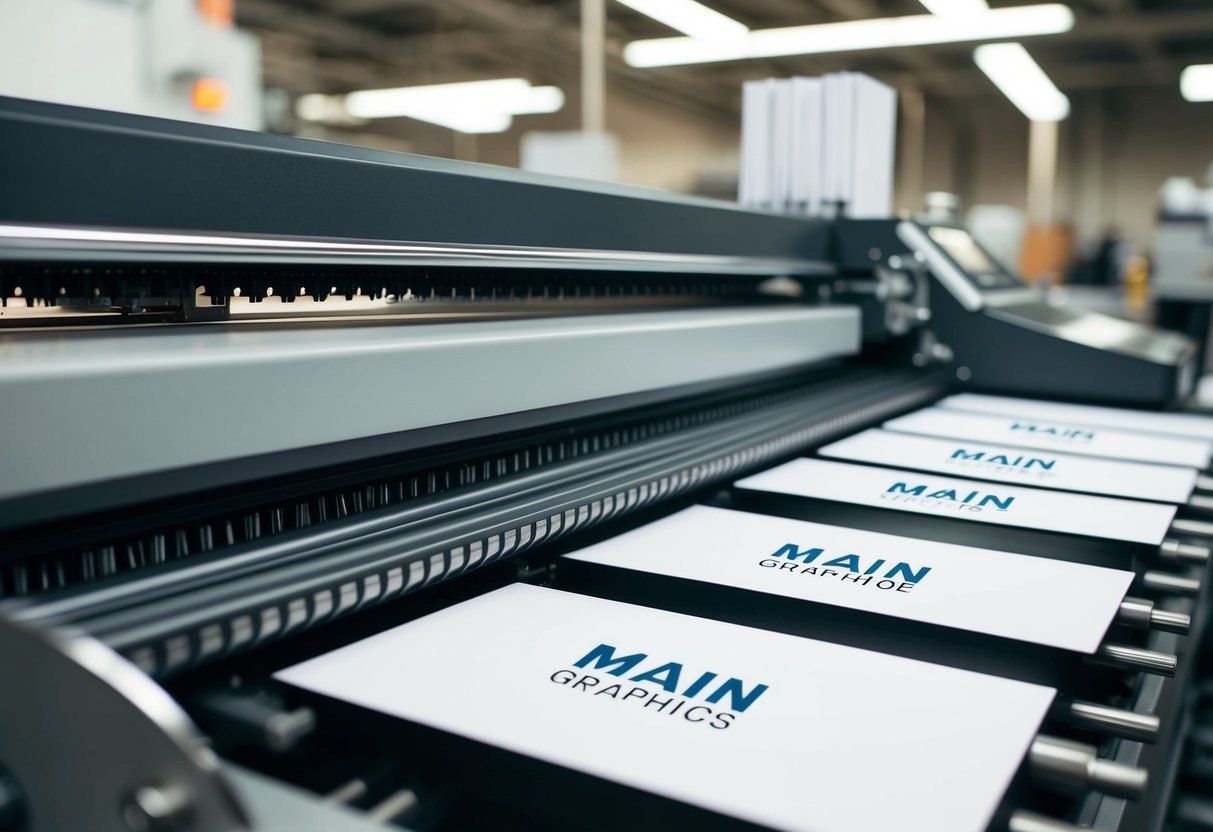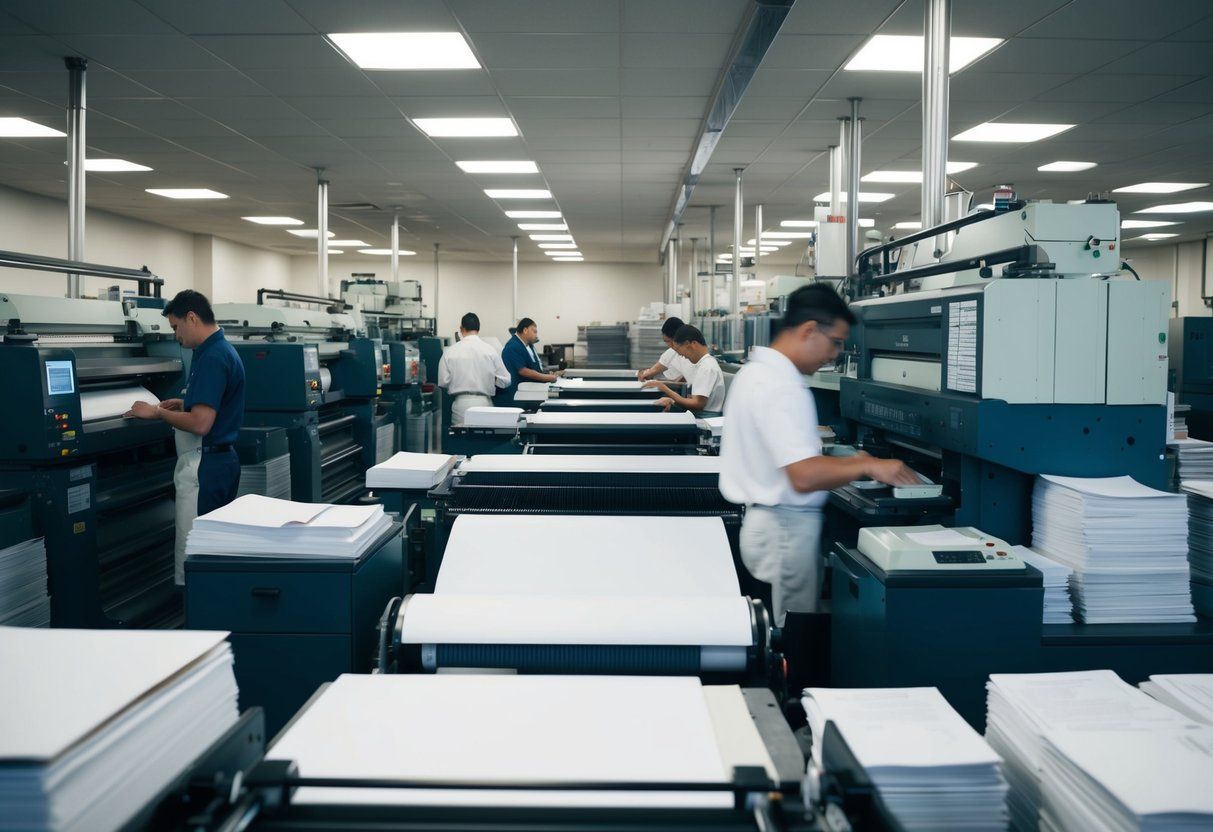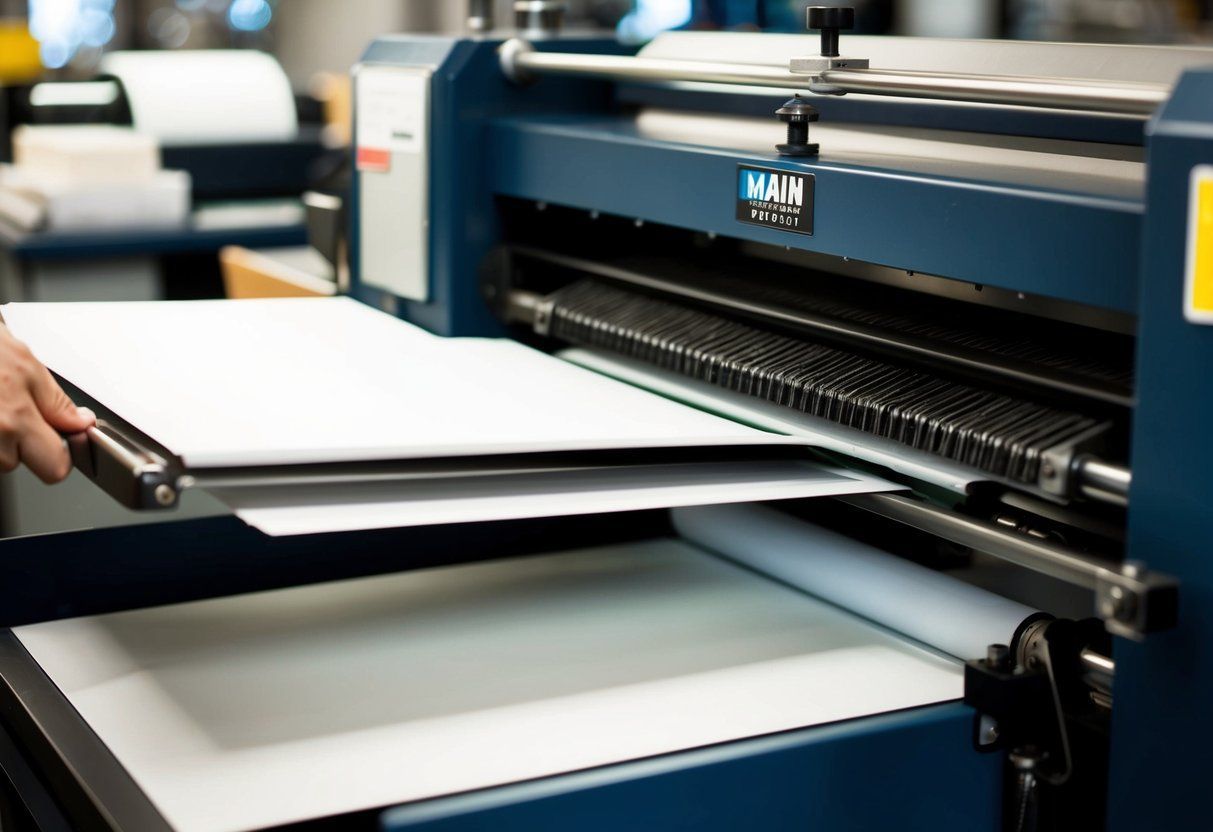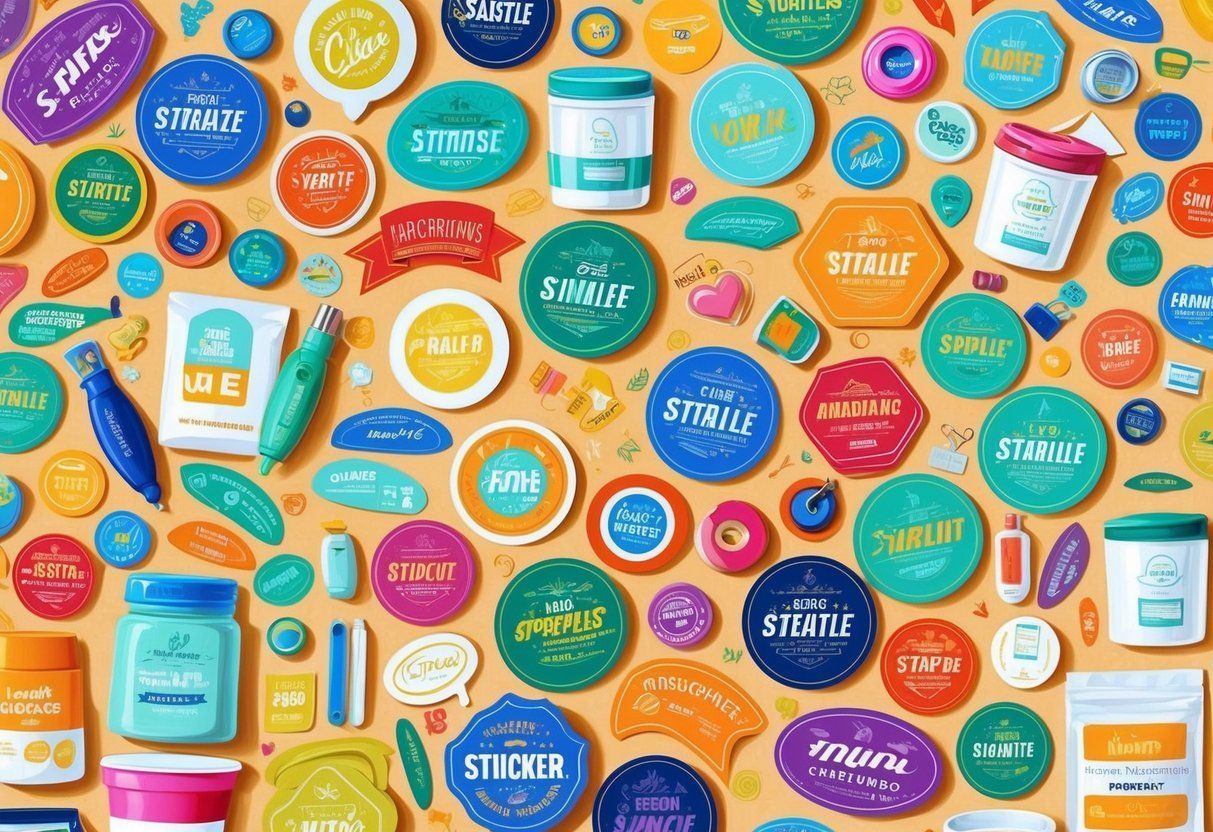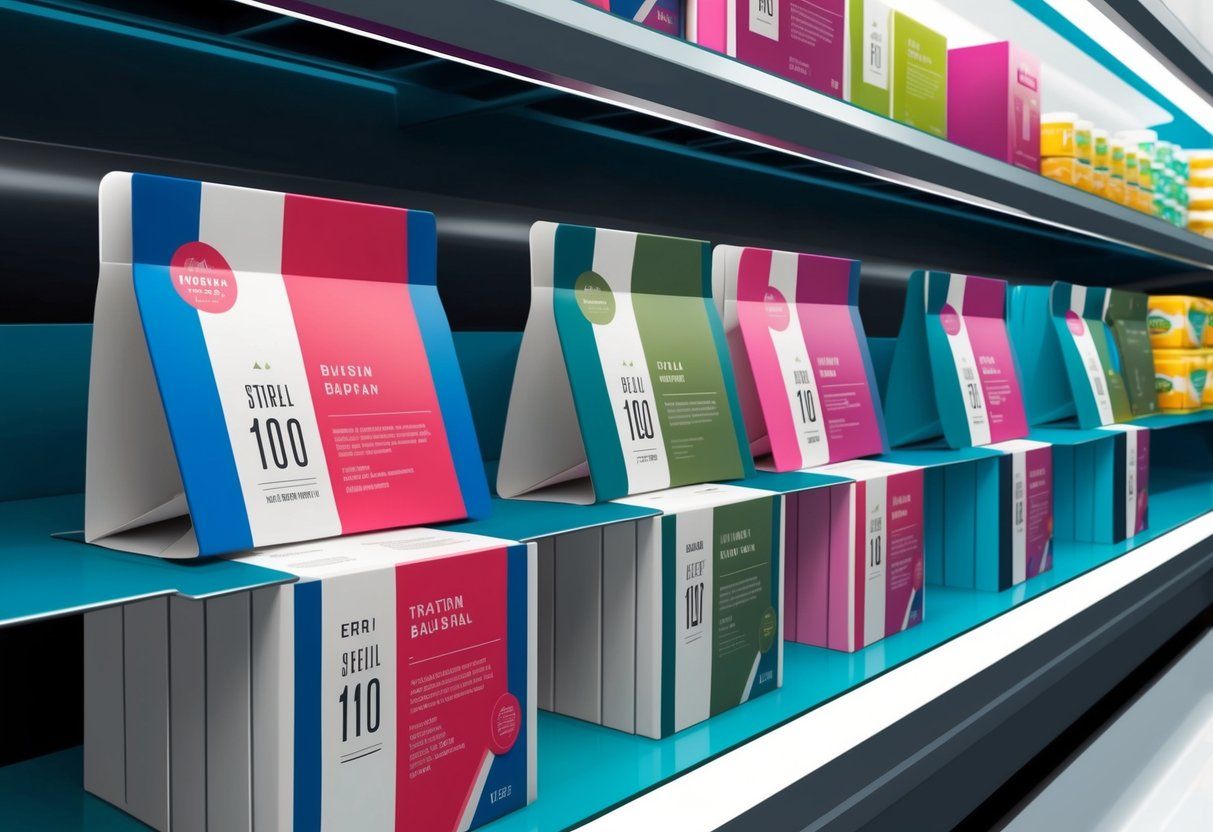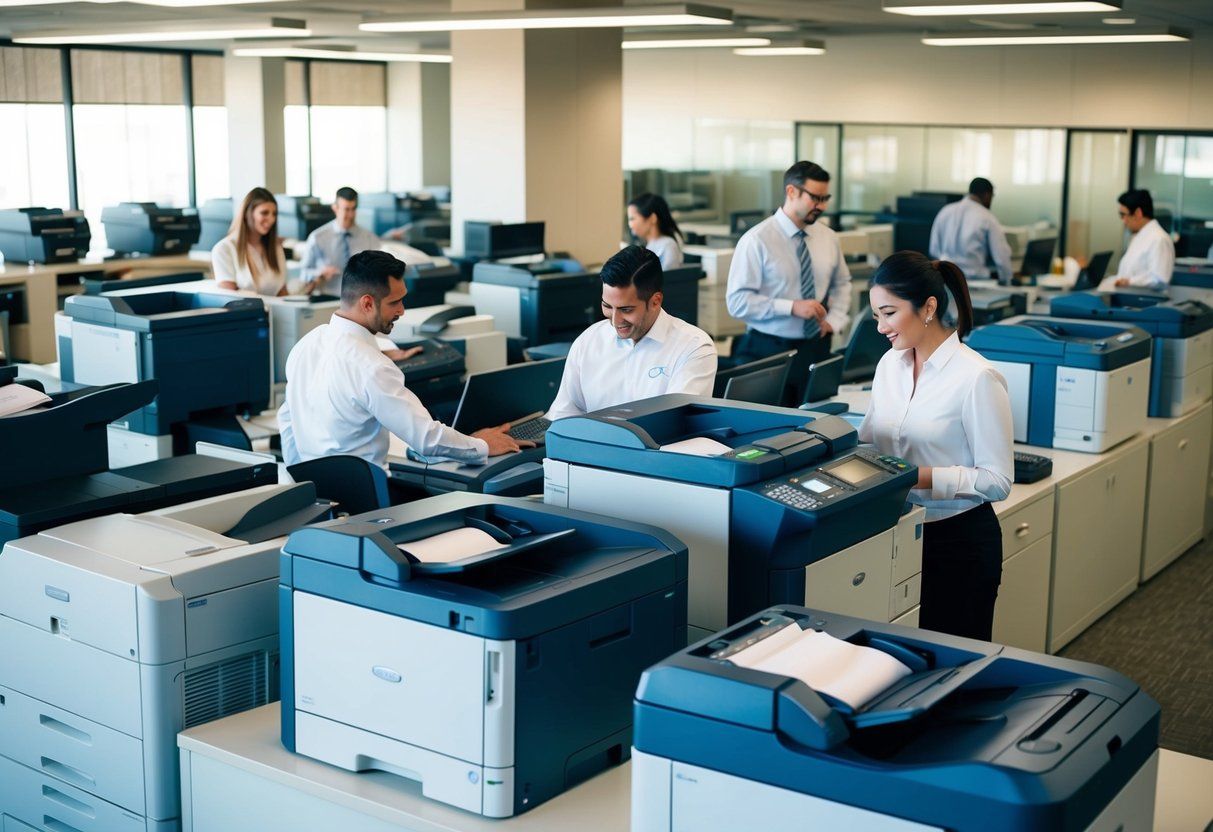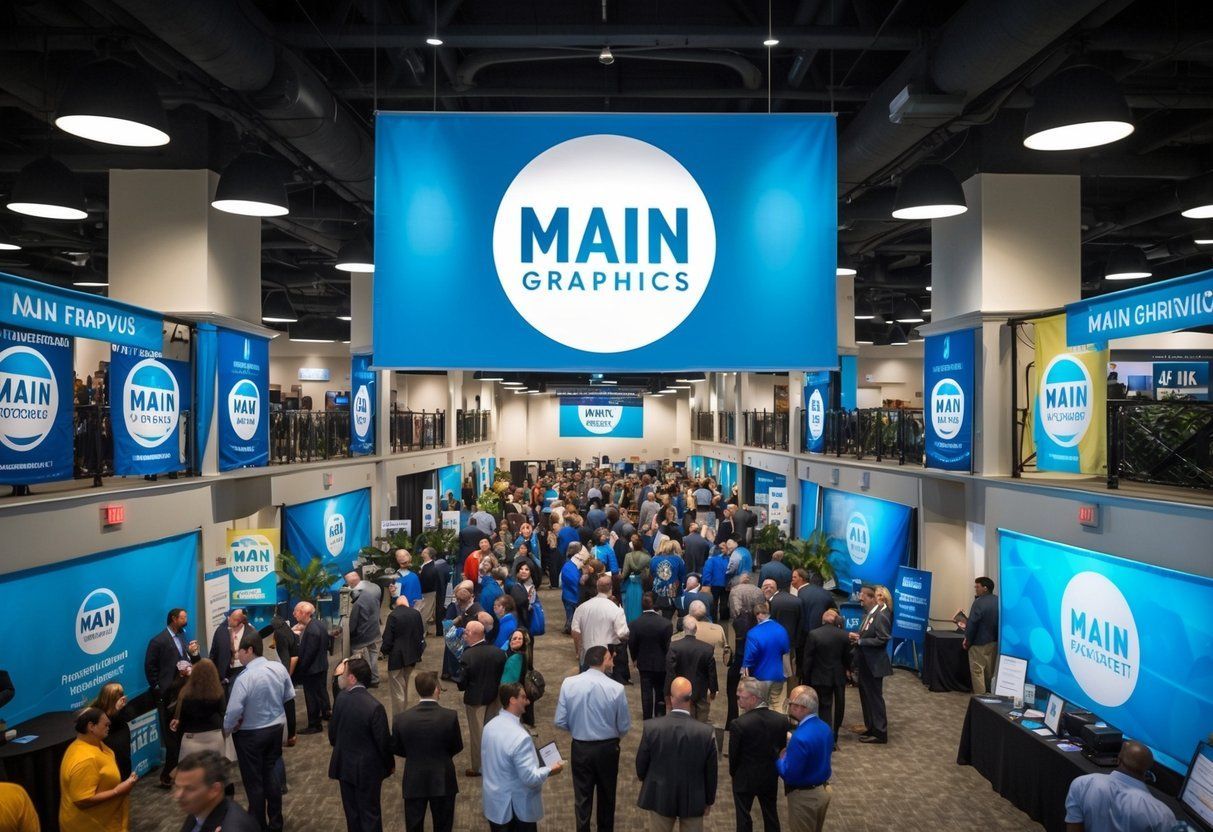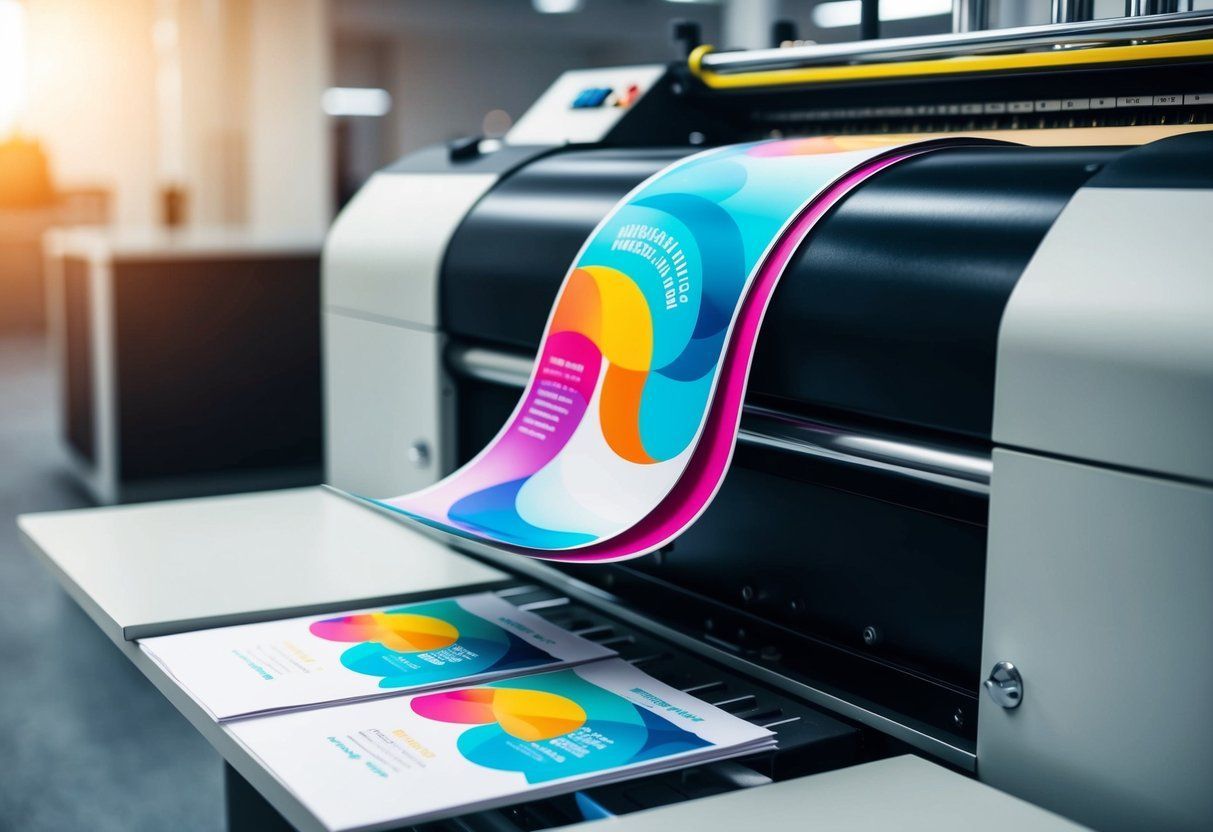Use Banners to Draw Customers into Your Store: Effective Strategies for Visual Appeal
In the competitive retail environment, banners serve as silent yet powerful salespersons, beckoning potential customers to step inside your store. They are a cost-effective tool in any retailer’s arsenal, offering the flexibility to announce sales, showcase new products, or reinforce brand identity. Strategically placed banners can effectively capture the attention of passersby, converting foot traffic into clientele.
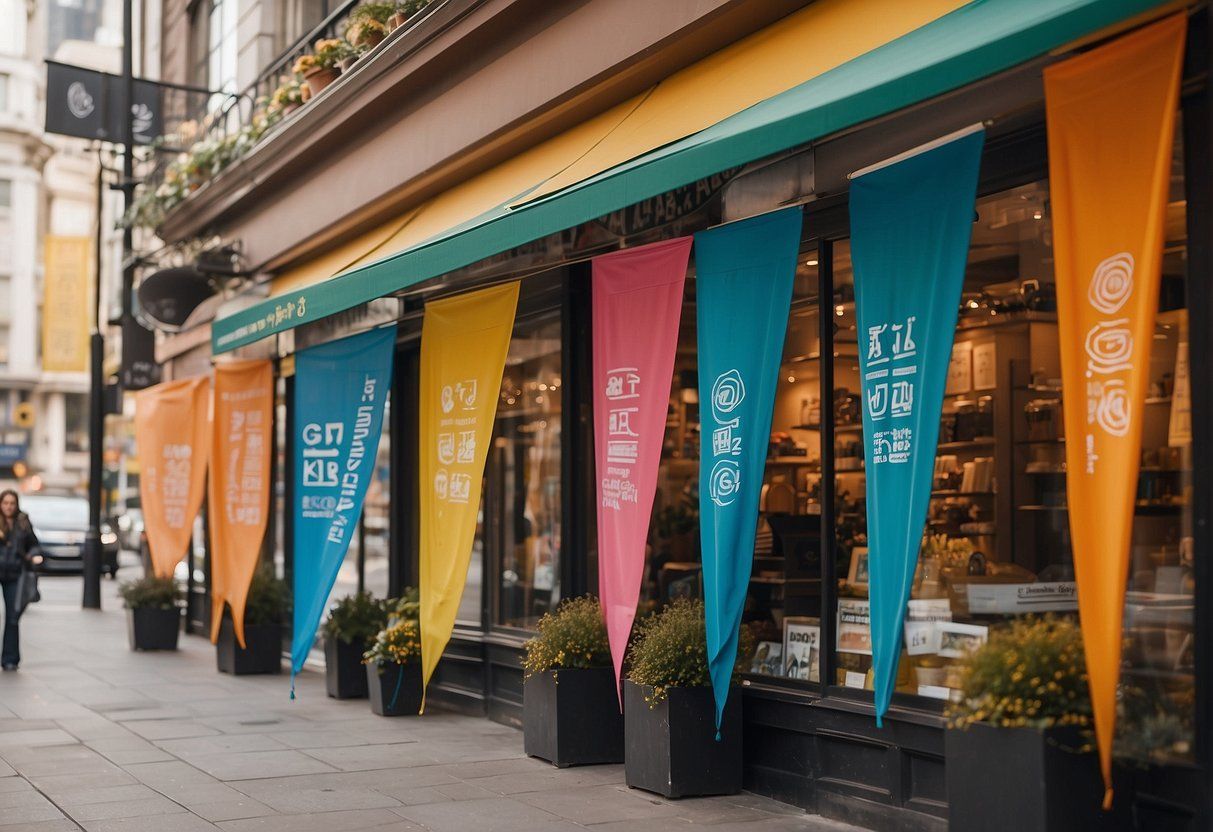
Storefront presentation is a key element in creating a welcoming atmosphere that invites inquisitive eyes inside. High-quality, well-designed banners can communicate the essence of your brand and highlight what sets your store apart. When integrated with digital marketing efforts, such as social media, banners can also bridge the gap between online and in-store experiences, allowing for a cohesive customer journey. With careful planning, the design, placement, and messaging of banners can be optimized to target the desired demographic and entice them to visit your store.
Key Takeaways
- Banners are a versatile tool for increasing store visibility and attracting customers.
- Effective banner placement and design are crucial for storefront presentation.
- Integrating banners with online marketing strategies enhances overall brand cohesion.
The Importance Of Storefront Presentation
The storefront of a business is the first point of contact with customers, playing a critical role in attracting attention and communicating the brand’s image. Effective design and presentation can significantly enhance visual interest, leading to increased foot traffic and brand awareness.
Designing Effective Storefront Signs
When designing storefront signs , it is vital to incorporate brand image and store logo to establish brand consistency. Signs should be more than just visually appealing; they need to convey the essence of the brand clearly and confidently. Storefront signs must be legible and resonate with the intended audience to create a lasting impression.
Maximizing Visibility With Lighting
A strategically implemented lighting scheme can transform a store’s appeal and draw attention even after dark. Illuminating signage, especially with LED lights, not only enhances visibility but also adds to the overall store design, inviting customers inside.
Creating Visual Appeal
Visual merchandising is an art that utilizes design elements in store windows and through window decals to create engaging scenes that capture the eyes of passersby. Storefront display should avoid being cluttered, focusing instead on a few key products or messages that invite customers to explore more.
Seasonal Decor and Event Signage
Seasonal decor and event signage play a crucial role in retail, particularly during the holiday season. Christmas signage, for example, can evoke a sense of festivity and encourage shoppers to enter the store in anticipation of holiday offers and exclusive merchandise.
Safety and Accessibility Considerations
While aesthetics are important, safety and accessibility considerations must never be overlooked. Store design should ensure that signage is not obstructing pathways and that the entrance is accessible to all potential customers, reflecting the brand’s commitment to customer care.
Maintaining Brand Consistency
Brand consistency across signage and visual merchandising solidifies brand recognition and supports the development of strong branding . Every element, from color schemes to font choices, should align with the brand’s ethos and contribute to a coherent brand image , reinforcing customer recognition and loyalty.
Targeted Banner Advertising Strategies
Targeted banner advertising is an effective way to draw in potential customers by strategically placing visual promotions that capture the attention and interest of a specific audience. Ensuring that each aspect of the banner—from the marketing message and design to the special offers—is tailored to the preferences and behaviors of your desired audience is key to success in driving sales and engagement.
Identifying Your Core Audience
Understand who the banner ads are meant for. Identifying characteristics such as demographics, interests, and purchasing behaviors allows advertisers to create content that resonates with the target demographic. Businesses should employ analytics tools to gain insights into their audience, thereby tailoring their banners to meet the viewer’s preferences and needs.
Crafting a Strong Marketing Message
A clear and persuasive marketing message is crucial. It should emphasize the benefits of the products or services offered and include a call to action that encourages immediate response. The message must be concise and direct, leaving no ambiguity about what the customer should do next.
Choosing the Right Color Palette and Images
Optimal color palettes and compelling images play pivotal roles in banner advertising. Colors should align with the brand and evoke the desired emotional response. High-quality images must be relevant and add to the message, portraying the product or service as an irresistible solution to the audience’s needs.
Incorporating Special Offers and Discounts
Including special offers and discounts creates a sense of urgency . They should be prominently featured on the banner, often through bold or italicized text, ensuring they stand out. This tactic not only attracts attention but also encourages customers to act swiftly to take advantage of the promotion.
Utilizing High-Traffic Areas Effectively
The placement of banners in high-traffic areas, such as busy streets or popular online platforms, ensures maximum visibility. Physical banners like sidewalk signs and A-frame signs are particularly effective in busy pedestrian areas, while digital banners should be displayed on websites and platforms frequented by the target audience.
Banner Types and Placement
Selecting the right types of banners and their strategic placement can significantly influence foot traffic and customer interest. A thoughtfully designed banner can act as a silent salesperson for your store.
Comparing Different Banner Styles
Vinyl Banners : Often chosen for their durability and versatility, vinyl banners work well indoors and outdoors due to their weather-resistant qualities. The clarity of design and text on these banners makes them a favorite for conveying crisp messaging.
Retractable Banners : Ideal for stores needing flexible signage options, retractable banners are portable, easy to set up, and functional for indoor use. Their ease of storage makes them perfect for shops with limited space.
A-Frame Signs : This style of sidewalk sign prompts passersby to consider entering a store. The double-sided design ensures visibility from multiple directions.
Chalkboard Signs : Offering the ability to update messaging frequently, chalkboard signs cater to businesses with daily specials or changing promotions.
Strategic Banner Placement for Maximum Impact
The placement of banners in high traffic areas ensures maximum visibility. Vinyl banners, for instance, can be hung at the storefront or placed perpendicular to the flow of pedestrian traffic to catch the eye.
Retractable banners fit well in mall kiosks or at the entrance of a store within a shopping center. The top of the banner should be at eye level or slightly above to draw attention effectively.
For A-frame signs , the most beneficial placements include directly on the sidewalk or near the entrance where potential customers are likely to walk past.
Mixing and Matching Banners for Cohesive Design
Maintaining visual consistency is key when using multiple types of banners. Ensure that all signage complements the store’s branding in terms of color , design , and text . For example, vinyl banners might display the store’s banner promotions, while A-frame signs can highlight daily deals using similar fonts and colors.
It’s also effective to pair permanent banners with temporal ones like chalkboard or poster signage to keep the visual interest fresh and engaging. The varied formats can create a diverse but coherent visual landscape for customers.
Online Integration and Social Media Synergy
Integrating online elements with physical banners can create a seamless experience for customers, turning every encounter with your brand into an opportunity for engagement and conversion.
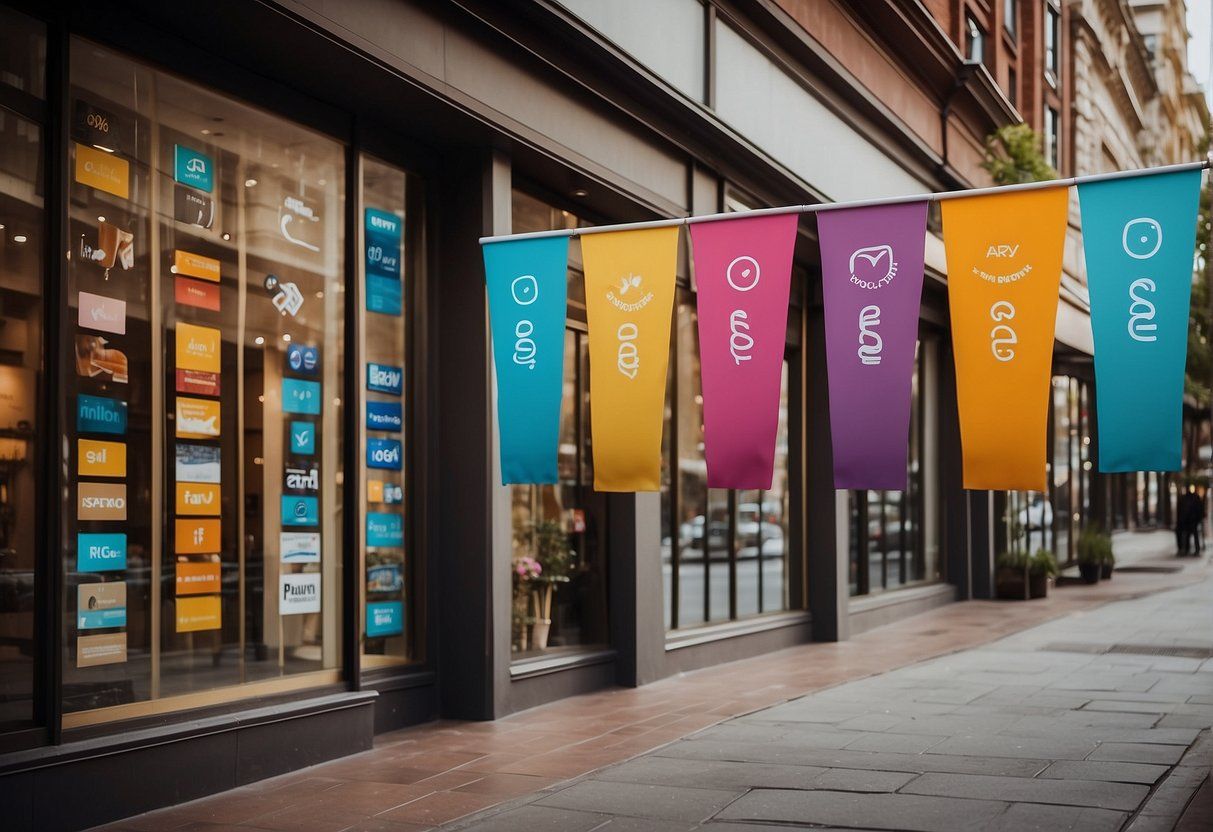
Boosting Online Presence Through Banners
Physical banners can be strategically designed to enhance a company’s online presence by including QR codes or short URLs that lead directly to their website or latest blog post. Positioning these banners in high-traffic areas ensures maximum visibility and encourages on-the-spot digital interaction.
Leveraging Social Media for Cross-Promotion
Social media profiles can be prominently displayed on banners, inviting customers to connect on various platforms. By synchronizing sale announcements or promotions across both physical and digital spheres, businesses can create a cohesive marketing message that resonates more effectively with their audience.
Utilizing Digital Downloads and Offers
Banners that promote exclusive digital downloads or discounts can serve as a powerful incentive for customers to visit a store’s website or engage with their brand online. This approach not only drives traffic but also provides valuable data on customer preferences and behaviors.
Engaging with Community Through Events
Announcing upcoming events through banners can increase community engagement and brand loyalty. Invitations to in-store events or sales , when shared via banners and echoed through social media, can significantly amplify attendance and participation, fostering a sense of community around the brand.
The Design Process
When embarking on the design process for creating banners that captivate and draw customers into a store, it is essential to focus on a few key aspects: typography, the balance of design elements, branding, and customer engagement. Each of these components plays a pivotal role in how potential customers perceive and interact with the banner.
Selecting Appropriate Fonts and Style
Choosing the right font and font style is critical to ensuring that the text on a banner is not only readable but also conveys the intended message with the correct tone. Sans-serif fonts such as Arial or Helvetica offer a modern look and are often more legible from a distance, making them a staple for banner design. The size and weight of the font contribute to the overall contrast and visibility against the banner’s background.
Balancing Design Elements for Clarity
The design should strategically balance elements such as text , images, and white space to create a clear and impactful visual. Contrast between these elements helps to guide the customer’s eye, with bold text for key messages or offers and subtler details for secondary information. The goal is to avoid clutter that can overwhelm the viewer, instead of creating an inviting visual path through the banner’s content.
Incorporating Logos and Brand Features
Embedding logos and consistent brand features establishes brand awareness and recognition among customers. The logo should be prominent on the banner, followed by important messaging in the brand’s signature colors and typeface. This reinforces the company’s identity and ensures that friends or potential customers can easily associate the banner with the store they know or have heard about.
Assessing and Adapting to Customer Feedback
Post-deployment, gathering and assessing customer feedback is essential to refine the banner’s effectiveness. Observing how customers interact with the banner and the store’s overall visual merchandising can offer critical insights. Adjustments might include tweaking the messaging, design, or placement to better resonate with the target audience and encourage them to step inside the store.
Budgeting and Cost-Effectiveness
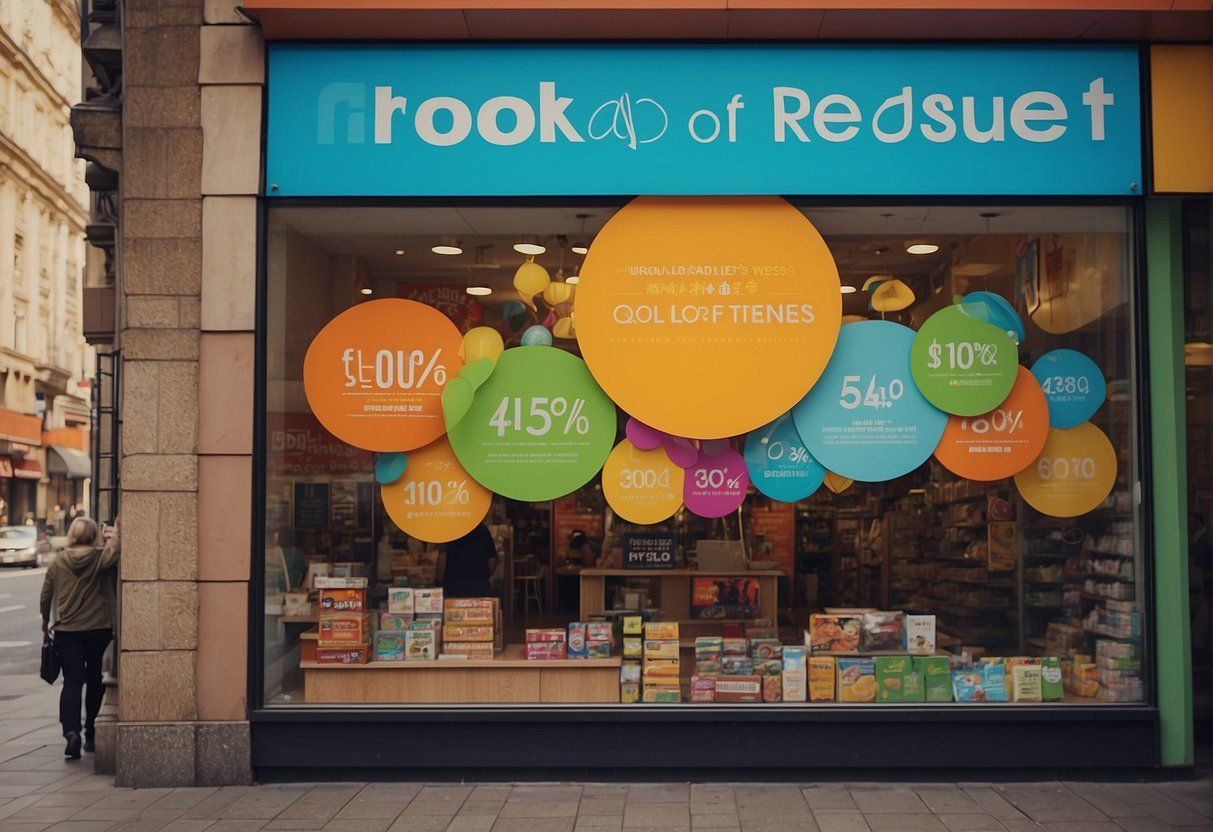
When planning to use banners as part of a store’s advertising strategy, understanding the budgeting and cost-effectiveness is crucial for maximizing returns. It is important to consider the type and number of banners, along with the prospective ROI they offer, especially for small businesses with limited advertising budgets.
Calculating Costs for Various Banner Types
Different types of banners, such as retractable banners and vinyl banners , vary in cost due to materials and design complexities. For instance:
- Retractable Banners: These banners offer convenience and portability, typically used for trade shows and indoor events. Prices may range from $50 to $200 depending on size and material.
- Vinyl Banners: More durable and suitable for outdoor use, these can cost between $30 and $100 based on thickness, finishing, and whether they’re single or double-sided.
Businesses must define their budget beforehand and decide how many banners they need, balancing quantity and quality to reach the desired audience .
Evaluating ROI on Banners and Signage
To evaluate ROI on banners and signage, a business should measure:
- Increased sales and foot traffic attributable to the new banners.
- Long-term use and audience reach to estimate the lifespan benefits versus the initial cost.
Using banners to announce a sale or a discount can directly influence the number of customers and translate into measurable sales increases.
Finding Affordable Solutions for Small Businesses
Small businesses often operate on tight budgets and require cost-effective advertising solutions. Strategies include:
- Seeking bulk discounts when ordering multiple banners.
- Exploring local print shops for competitive pricing.
- Considering budget options like standard banner sizes and limited color use to reduce costs.
Businesses may find that investing in higher quality banners that can be reused for multiple events or seasons may provide better ROI in the long run compared to purchasing cheaper, less durable alternatives.
Installation and Maintenance
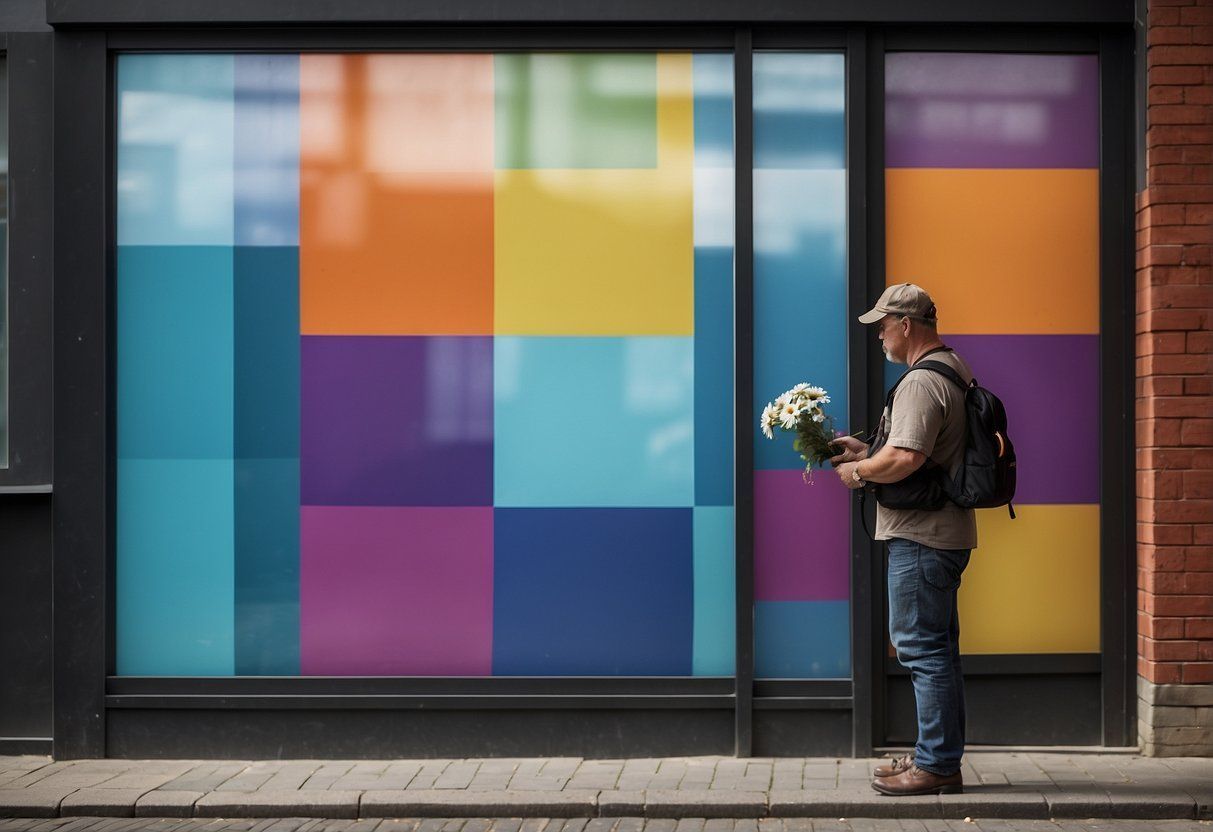
Proper installation and maintenance of banners are crucial to maximizing visibility and durability. Implementing best practices ensures the safety of customers and extends the banner’s lifespan while maintaining brand awareness and visual interest.
Understanding Installation Best Practices
When installing storefront signs or banners, safety and visibility are paramount. The signage should be placed at a height where it is easily seen by passants, whether they are on foot or in a vehicle, yet securely fastened to withstand environmental elements. Utilizing sturdy mounts and hardware is essential for public safety. Companies specializing in custom outdoor signage provide systems and services designed for secure installation.
Maintaining Banners for Longevity
Maintaining advertising banners involves regular cleaning with mild soap and water to prevent dirt buildup, which can obscure the design. Checking for signs of wear, such as frayed edges or faded graphics, should be part of a routine inspection. Banners should be stored properly when not in use; rolled up, not folded, to avoid creases.
Upgrading and Replacing Banners
Over time, banners experience wear and tear, leading to a loss of visual appeal and effectiveness in advertising. They should be replaced when they start to look worn or if the marketing message is outdated. Upgrading to high-quality materials with UV-resistant inks can enhance a storefront’s appeal and promote brand awareness at a glance. Businesses should also consider evolving their design to keep the look fresh and engaging.
Legal Considerations and Compliance
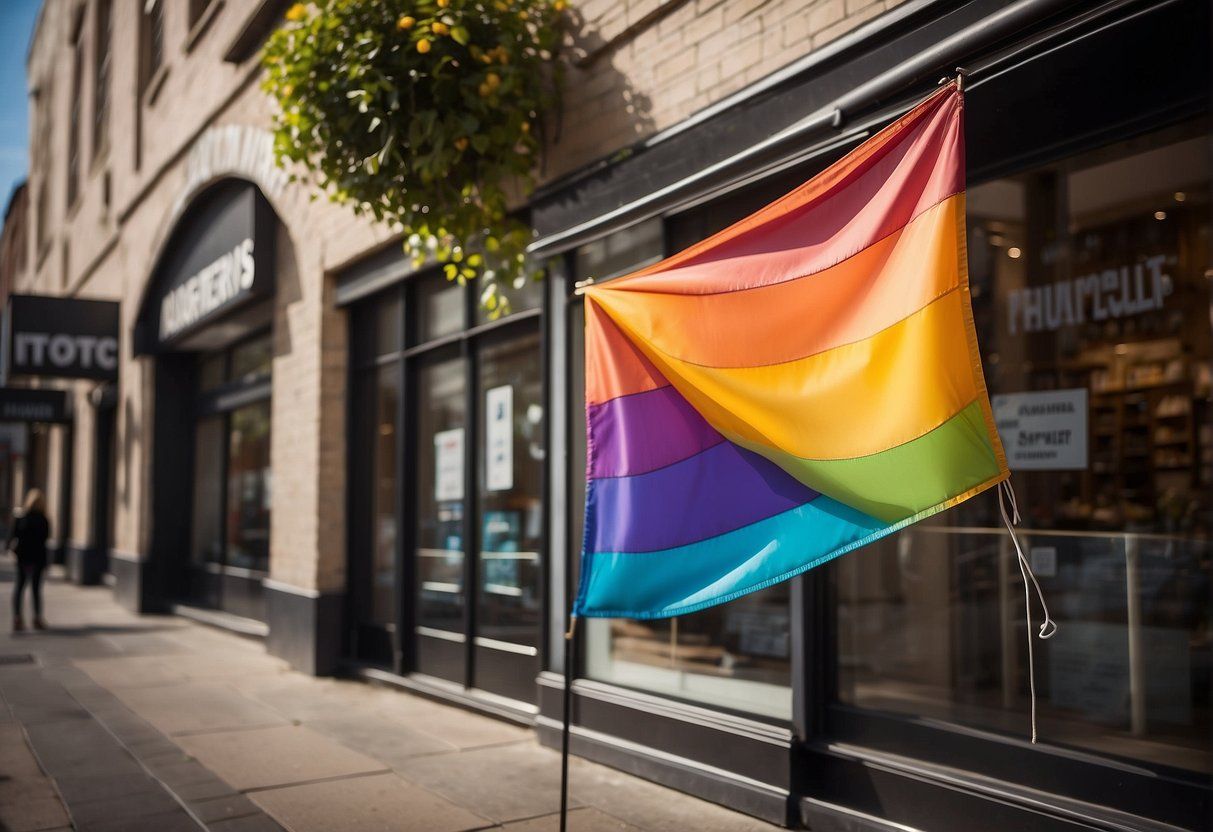
In the use of banners for drawing customers into a store, one must be acutely aware of legal considerations to ensure that the banners are not only effective but also compliant with local and federal regulations.
Navigating Signage Regulations
Signage regulations vary greatly and are established to maintain safety and aesthetics in the community. They determine the size, location, and sometimes the content of banners. For instance, banners that are too cluttered may obscure traffic signals , posing a safety risk. Businesses must research and adhere to these regulations to prevent legal complications and to protect public safety .
Ensuring Compliance with Local Laws
Local laws often have specific requirements to curtail visual clutter and ensure public safety . For example, certain jurisdictions restrict banner placement to specific distances from roadways or require that banners do not obstruct sidewalks. Compliance is crucial for maintaining a positive brand image and avoiding penalties.
Addressing Intellectual Property Concerns
When creating banners , businesses must be mindful of intellectual property rights, ensuring they have the authorization to use any branding , store logos , or artwork displayed. Unauthorized use of trademarks or copyrighted materials can lead to legal disputes and damage to a business’s reputation in the market .
Case Studies and Success Stories
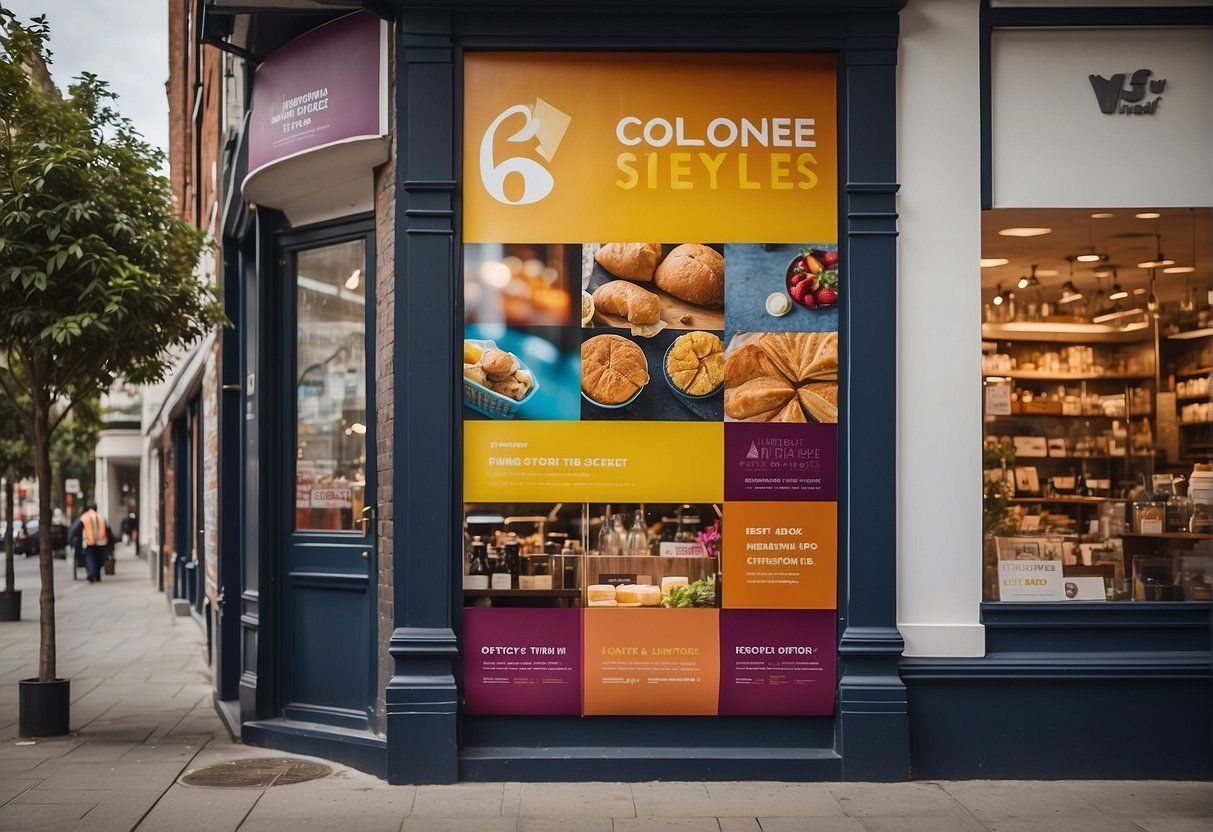
Exploring case studies and success stories reveals the impact of innovative banner ads and signage on foot traffic, brand awareness, and sales for businesses large and small.
Small Business Wins with Creative Signage
Small businesses often leverage creative signage as a cost-effective marketing strategy to stand out and attract attention. A compelling example is a local retailer who used vibrant colors on their storefront signage to catch the eye of passersby, leading to an increase in foot traffic and, ultimately, sales. Such anecdotes underscore the significance of banner design in establishing a strong brand image for small retail stores.
Major Retail Campaigns and Their Impact
Major retailers have launched extensive banner ad campaigns that showcase the power of marketing materials in driving audience engagement and boosting brand awareness on a large scale. Analyzing these campaigns demonstrates that strategic placement of banners in high-traffic areas can amplify a retail store’s reach and persuade a broader audience to visit and make purchases.
Evaluating Effectiveness Through Analytics
Determining the efficacy of banner ads involves evaluating analytics to track heightened foot traffic and conversion rates. Retailers often use data-driven approaches to assess the performance of their banner ads, allowing them to refine their marketing strategies for maximum impact. Such meticulous evaluation is crucial for tailoring marketing efforts to resonate with the intended audience and achieve sustained sales growth.
Frequently Asked Questions
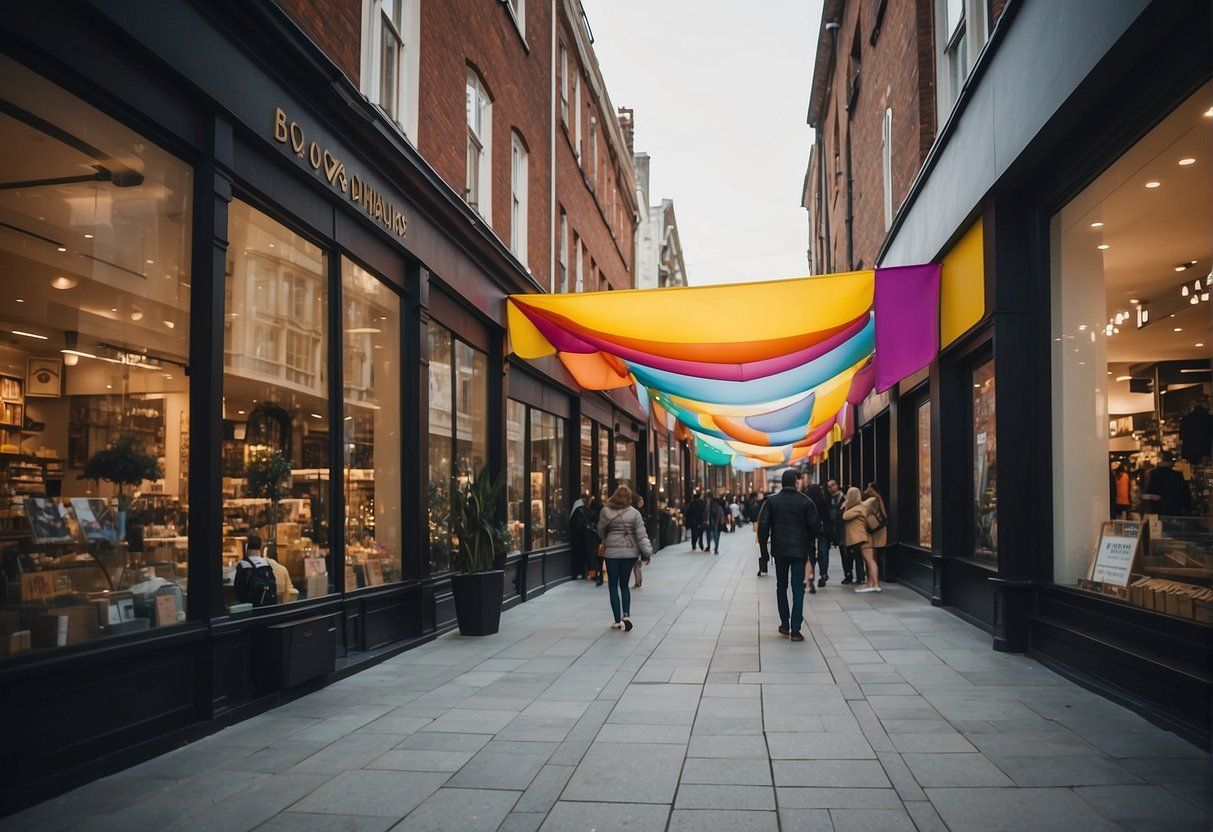
Banners are a tried-and-true marketing tool for attracting customers. By combining eye-catching design with strategic placement, they can effectively increase foot traffic to your store.
What strategies can be used in banner design to captivate potential customers?
Effective banner design employs bold colors, readable fonts, and a clear message to catch the eye of potential customers. High-impact visuals and a concise message entice shoppers , making them curious about what your store offers.
What are the best practices for placing banners to maximize visibility and attract shoppers?
The best practices for banner placement include positioning them at eye level in high-traffic areas and ensuring they’re visible from various angles. Outdoor banners should be near the street to draw in passersby , while indoor banners should be in well-lit locations.
How do effective banners contribute to an increase in store foot traffic?
Effective banners serve as silent salespeople, with the power to improve storefront appeal and attract attention. They highlight the presence of a store and promote curiosity, making passersby more likely to enter.
Can you provide successful examples of banners that have improved business customer inflow?
Yes, businesses have seen success with banners that align with their brand image and clearly announce sales or grand openings. The use of promotional banners has been equated to the value of multiple full-page print ads.
In what ways can banners communicate special deals or promotions to boost retail sales?
Banners can effectively communicate special deals by highlighting offers, discounts, or limited-time promotions with large, impactful text. They create a sense of urgency that can entice customers to make immediate purchases.
What elements are key to creating a compelling call-to-action on a retail banner?
Key elements for a compelling call-to-action (CTA) include using action-oriented language, creating a sense of urgency, and providing clear instructions on how to take the next step. CTAs should be short, direct, and placed prominently on the banner for maximum effectiveness.…
